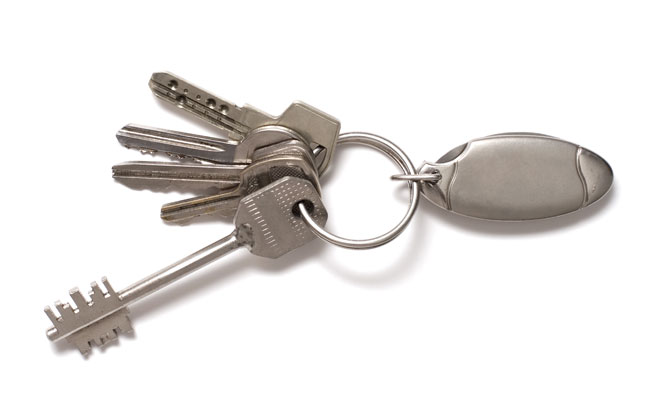
PHOTO: CHAOSS/ISTOCK / GETTY IMAGES PLUS/GETTY IMAGES
As we continue to work through the broad spectrum of challenges arising from the COVID-19 pandemic, it is easy to feel as though we’re losing control both at home, and at work. The most common question is, “How am I going to (fill in the blank) under these conditions?”
Luckily, the answer isn’t nearly as complicated as the question may feel. With respect to rodent issues, at least, the more things change, the more they stay the same.
Rodents are tenacious, problem-solving animals possessing the same instinctual drives that humans have. When faced with a biological challenge, many will adapt and thrive. Some will not and will perish.
What we are seeing now is a change in population dynamics, facilitated by abrupt changes in the rodents’ environment. Some areas will have notably less food available for rodents, and this may mean an expansion of territory (population redistribution), open fighting over resources, or an increase in cannibalism — just to name a few examples. They’re hungry, and the nice, friendly humans have reduced the amount of available food.
Regardless of whether the account you’re servicing is in an area showing signs that the resident rat population is currently stressed, you should first re-evaluate the site history against current circumstances. Start from scratch, and assume nothing. Go through all the steps that are required when first starting service at an account. Consider the following:
1. Start with gathering as much information as possible regarding the area surrounding the facility, especially what has changed. How are the environmental sanitation conditions now vs. before the pandemic? Are nearby businesses closed or open? What about the client’s behaviors: Have they changed their hours? Have they neglected exterior landscape areas? Have trash collection services been disrupted?
2. Don’t let the pandemic change how you look at the fundamentals of pest prevention. There are many versions of integrated pest management (IPM) basics, but inspection, evaluation, prevention, and continual re-assessment are commonly found, one way or another.
3. Conduct a building-envelope integrity assessment for every account. Look for physical holes on the exterior of the building, with all the usual suspects: gaps, cracks, voids, missing door sweeps, etc. Also, look for “behavior holes” — most often leaving doors open, and not keeping common areas clean. If a pest cannot get into a building, the likelihood the building will get infested decreases dramatically.
4. Don’t overlook hidden accesses. It is easy to forget about the electrical conduit that comes up from under the slab, in a dark cabinet, in the back of the building. Make sure the grease trap is evaluated; in a restaurant that just “stopped operating” a few weeks back, that grease trap is probably pretty inviting to a starving rat. Floor drains and connected ceiling voids present hidden access points for rodents.
5. Look for the conditions that have allowed the rodents into the building, and what conditions are keeping them there. Rodents aren’t known for their tidiness. In most normal business conditions, light rodent activity can be missed because early, unrecognized signs are routinely cleaned up. In closed or reduced-operations conditions, however, there likely will be significant and obvious rodent activity.
SOME PARTING THOUGHTS
Traditional control measures seem to be performing well, and it makes sense that hungry rodents will be more likely to eat bait. Stressed rodents may be less concerned with the presence of a new device when “everything” is new.
The world is different now, there’s no denying that. The fundamentals of what our industry does haven’t changed. Don’t abandon inspection best practices and basic rodent control tools and techniques. Now more than ever, commercial clients need the expertise of a pest management professional to help them protect their businesses. So, take a moment. Breathe. Investigate, document, communicate, act and re-evaluate, just like normal.
Read more COVID-19 coverage here: MyPMP.net/COVID-19
Email your questions about insect identification and pest management technologies to pmpeditor@northcoastmedia.net. Your questions most likely will be printed and answered in one of Pest Management Professional’s upcoming columns.
Baldwin is director of technical, training and regulatory services for Terminix Commercial. He may be reached at dbaldwin@terminix.com.
The post 5 keys to reopening commercial accounts, sans rodents appeared first on Pest Management Professional.
from Pest Management Professional https://www.mypmp.net/2020/06/03/5-keys-to-reopening-commercial-accounts-sans-rodents/
Sacramento CA
No comments:
Post a Comment